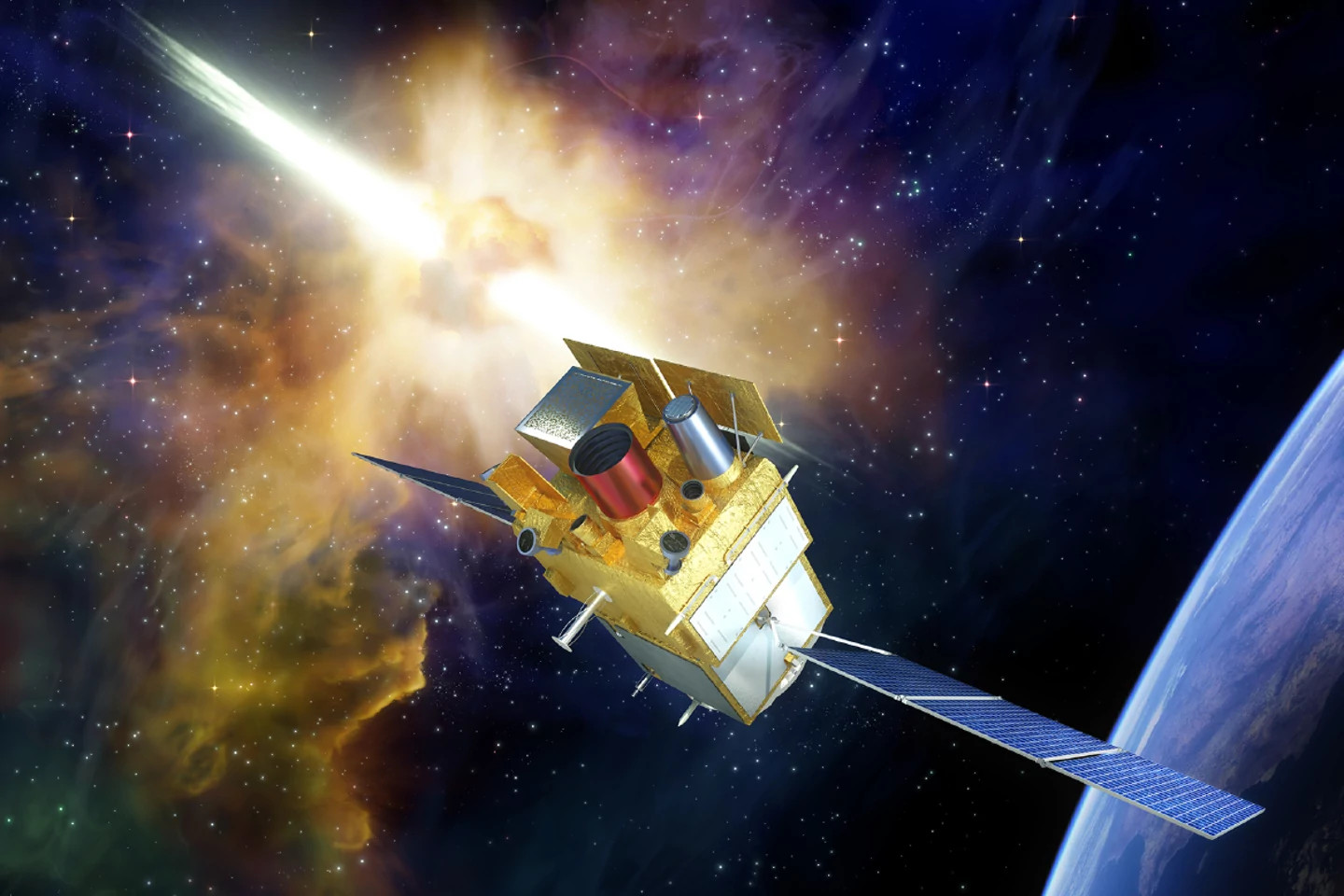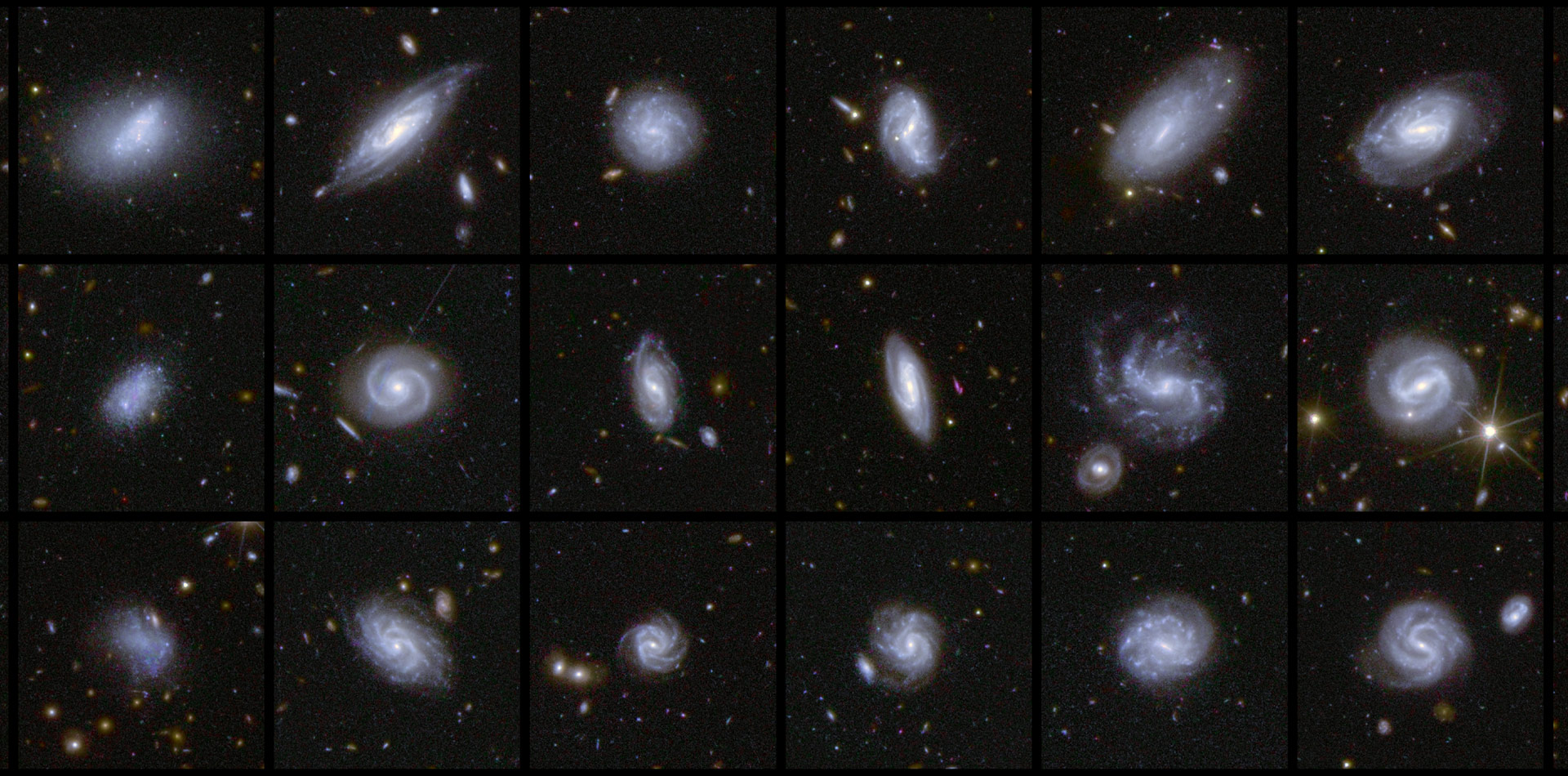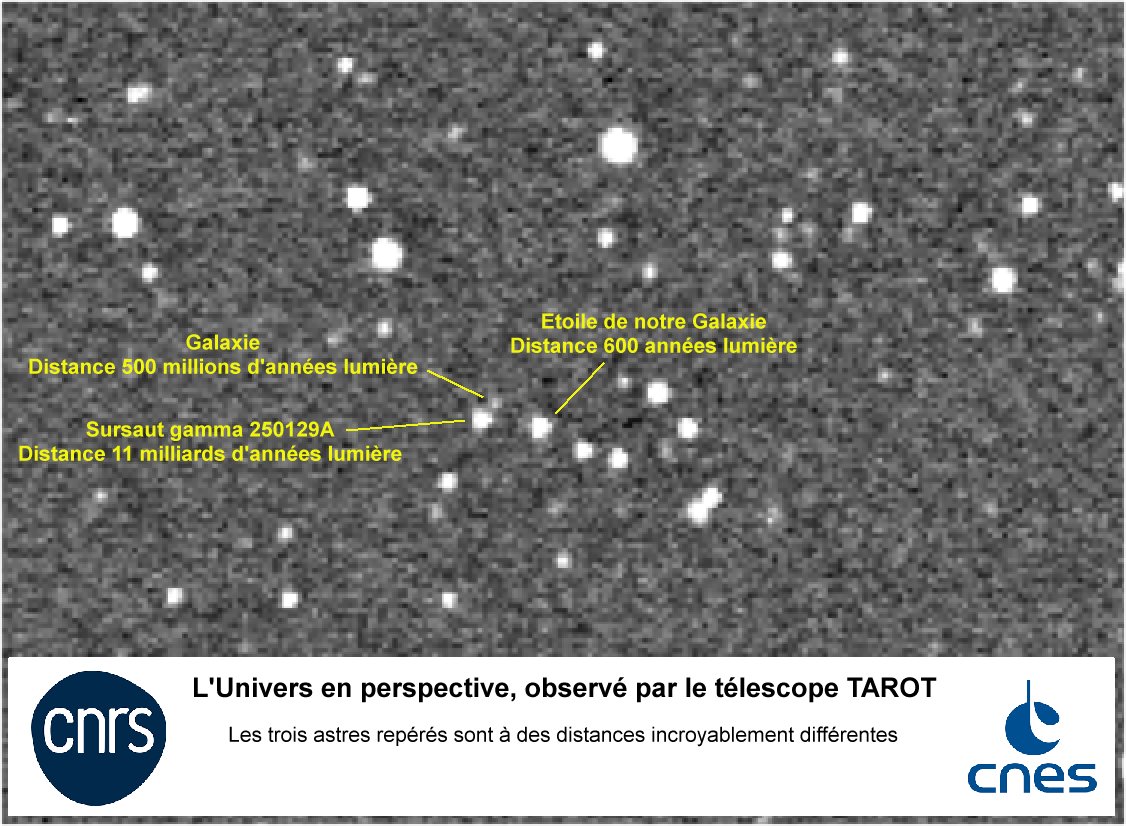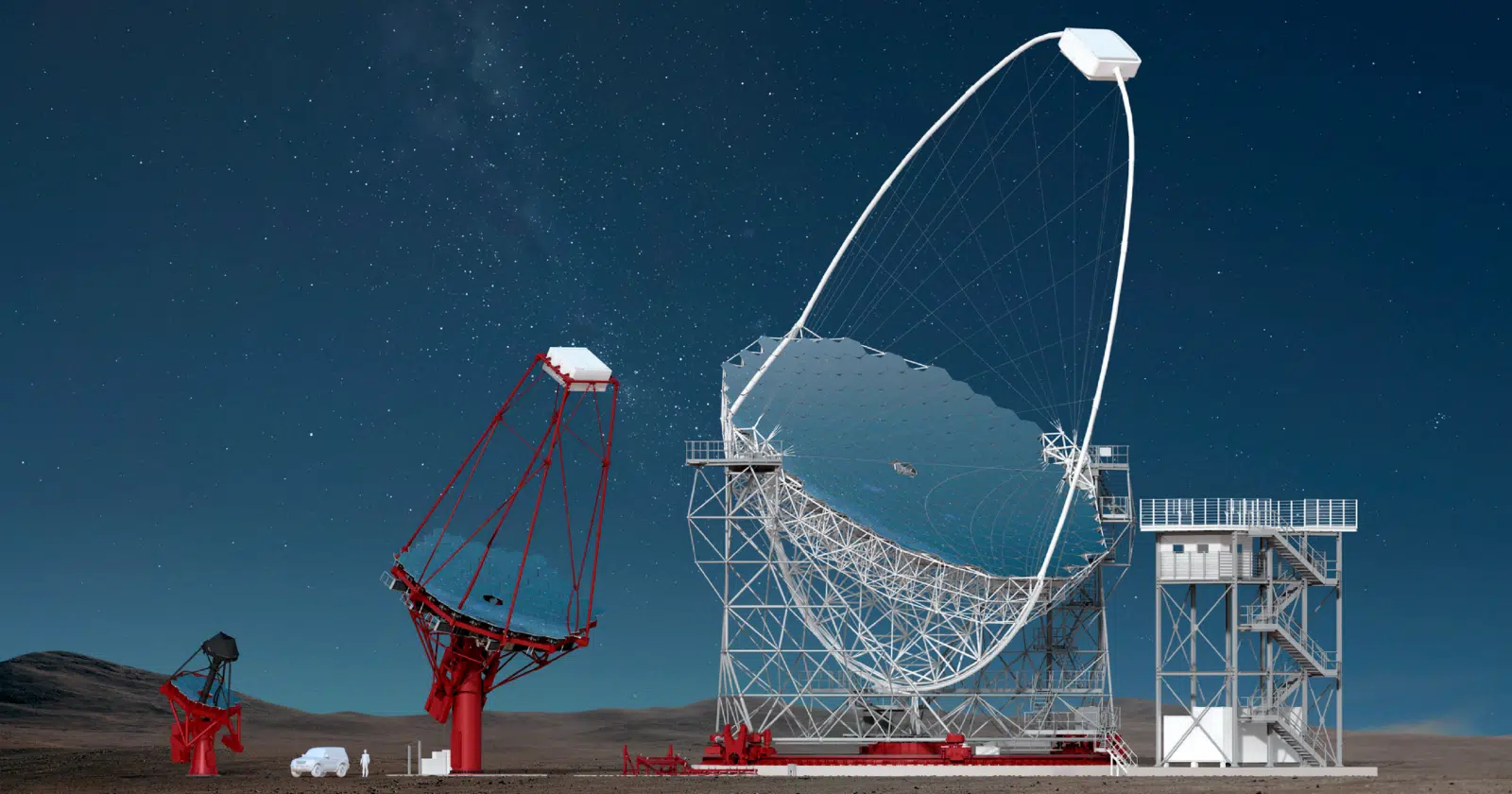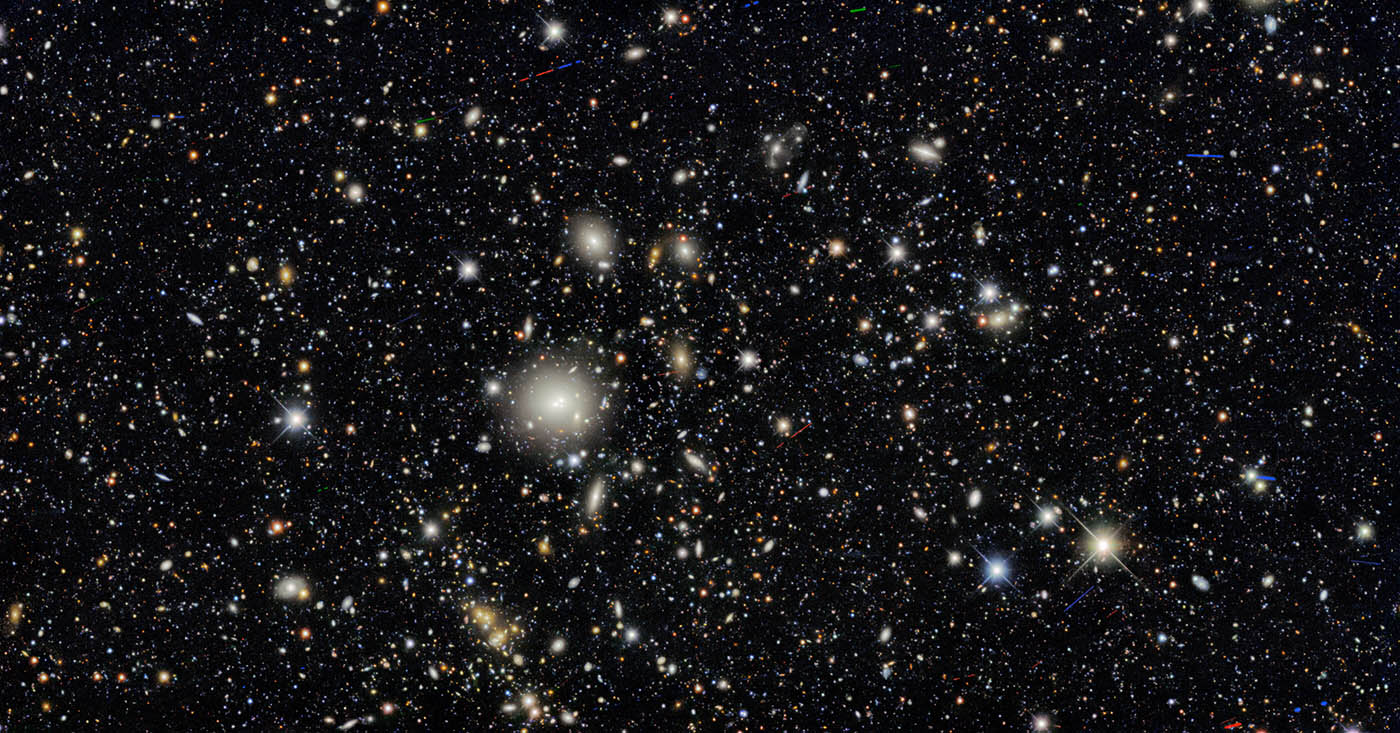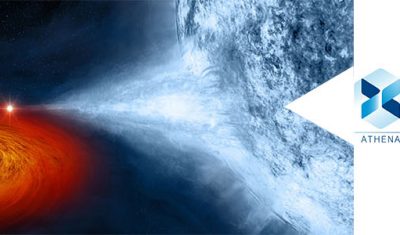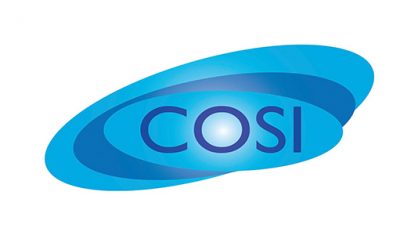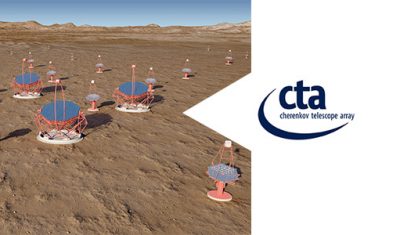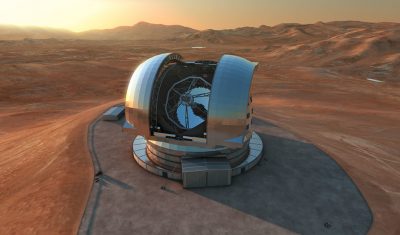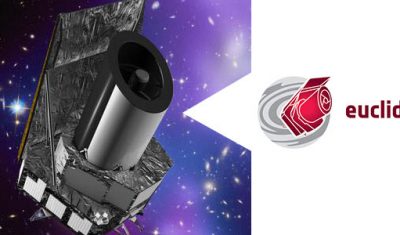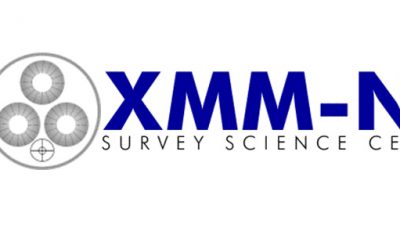Heads of group: Nicolas Clerc & Sébastien Guillot
Research themes
Our research is articulated around four main axes combining our group members’ scientific and technical expertise:
- Astrophysics of Compact Objects
- Cosmology and fundamental physics
- Galaxies & Large-scale structure
- Particle acceleration and explosive phenomena
We also do research on scientific themes transverse to different IRAP groups and other laboratories in Toulouse (L2IT), such as gravitational waves and astrophysical plasmas.
We develop and use a large range of methodologies for astrophysical research: ground and space-based instrumentation, observations and data analysis across the electromagnetic spectrum, numerical modelling and methods (Machine Learning, High Performance Computing), theory.
A detailed list of our current group members is available below. You are welcome to contact us if you are interested in collaborations or opportunities to join us at IRAP.
Astrophysics of compact objects
Our group is committed to understanding the extreme physics associated with compact objects. White dwarfs, neutron stars or even black holes are associated with some of the most violent phenomena in the universe. Their extreme nature (density, gravitational field, magnetic field) make them unique laboratories for testing general relativity or equations of state for exotic matter such as strange quarks or kaons. In their immediate environment, compact objects are also often associated with complex mechanisms of matter accretion, ejection, emission and particle acceleration that are still poorly understood, but paradoxically make them extremely luminous objects. Also on a larger scale, compact objects strongly influence their environment, as in the core of globular clusters, for example. Our group is interested in these questions, combining both analytical and numerical modeling work (radiative and dynamical MHD/plasma processes) as well as observations with the ATCA, VLA, MeerKAT, VLT telescopes and the Fermi, HST, INTEGRAL, RXTE, Swift, XMM-Newton, Chandra and Nustar space missions. It also expects a lot from future projects like CTA, SVOM, SKA and Athena in which its members are involved.
Cosmology and fundamental physics
Astronomy is a privileged, and sometimes unique way, of studying fundamental physics phenomena: the nature and characteristics of dark matter, theories of gravitation, the nature and origin of gravitational acceleration (dark energy) on the scale of the universe, the nature of the quantum vacuum, physics of the primordial universe etc. Observation, modelling and theoretical interpretation all contribute to research in these areas, which relate to fundamental physics, astrophysics and cosmology at the same time. Our group at IRAP is engaging in research in cosmology and fundamental physics from an instrumental and observational point of view (Euclid, XMM, Planck, LiteBird, etc.), using modelling of astrophysical objects (Gamma Ray Bursts, Clusters of galaxies, cosmic backgrounds, supernovae distances, etc.), by the characterisation and determination of cosmological parameters, and by fundamental physics approaches (quantum vacuum, generalized dark matter, modified gravitation, magnetic fields, etc.).
Galaxies and large structures
The understanding of the evolution of the Universe on large-scales, from primordial fluctuations of the cosmic microwave background to galaxies within large structures such as clusters of galaxies, constitutes a major challenge of modern astrophysics. Many key questions in this area are currently at the center of very controversial debates: when and how did the first galaxies appear? What physical mechanisms govern the evolution of galaxies from the earliest ages to the present day? What are the processes and mechanisms of structuring the Universe on large scales ? What are the accretion/ejection mechanisms around massive black holes and their role in this evolution? The answer to these questions is based on observations and modeling of the structure, kinematics and dynamics at different scales. GAHEC researchers carry out ambitious research programs on these problems, in particular through the use of large multi-wavelength readings for the study of the formation and evolution of galaxies, clusters of galaxies and large structures of the cosmic web, but also thanks to the physical and numerical modeling of complex radiative and dynamic astrophysical processes (hydro and magneto-hydrodynamic turbulence). Our efforts also involve key participations in the development of new focal instruments for the largest telescopes on the ground and in space, and are supported at the national level by several ANR funds as well as by the National Cosmology & Galaxies Program. Our research efforts are currently based on the scientific exploitation of the XMM-Newton, VLT, CFHT, HST, ALMA, MUSE/VLT telescopes as well as on the instrumental and scientific preparation of future missions, including: Harmoni/E-ELT Mosaic/E-ELT, EUCLID, and Athena.
Particle acceleration and explosive phenomena
Our group is interested in understanding the phenomena of particle acceleration in the Universe, their impact on the environment and on the galactic and cosmological explosive phenomena that underlie their origin. Novae, supernovae and gamma-ray bursts, their interstellar remnants and diffuse emissions resulting from the interactions of particles with the interstellar medium are at the center of our studies. For example, gamma-ray radiation from explosions of novae, supernovae, and gamma-ray bursts tell us about the physics of these explosions. The interaction of the shock waves produced during these explosions with the interstellar medium is a favorable site for the acceleration of particles that we study at high energy. This emission also informs us about the propagation of particles in the interstellar medium, and allows us to study their impact on their environment. Our group works on these questions combining both analytical and numerical modeling work (shocks, kinetic transport and acceleration processes), as well as instrumental developments and observations, in particular Fermi, INTEGRAL, Swift, TAROT and XMM-Newton. We are also involved in future projects such as SKA, Athena, and in particular CTA and SVOM currently in the development phase at IRAP, with strong synergies with gravitational wave and neutrino detectors.
Group members
| Atteia Jean-Luc, Researcher | Klotz Alain, Researcher |
| Banday Anthony, Researcher | Knodlseder Jurgen, Researcher |
| Barret Didier, Researcher | Koechlin Laurent, Researcher |
| Blanchard Alain, Researcher | Llamas Lanza, Miguel, Phd student |
| Boone Frederic, Researcher | Lamine Brahim, Researcher |
| Cabanac Rémi, Researcher | Le Borgne Jean-François, Researcher (emeritus) |
| Carinos Emile, Phd student | Malet Isabelle, Researcher |
| Clerc Nicolas, Researcher | Malzac Julien, Researcher |
| Contini Thierry, Researcher | Martin Pierrick, Researcher |
| Coriat Mickael, Researcher | Mauviard-Haag Lucien, Phd student |
| Crinquand Benjamin, Researcher | Micelli Carlotta, Phd student |
| Delpech Rémi, Phd student | Molin Alexeï, Phd student |
| Dezalay Jean-Pascal, Researcher | Motie Eman, Researcher (visiting) |
| Dupays Arnaud, Researcher | Moultaka Jihane, Researcher |
| Dupourqué Simon, Postdoc | Moutier Frederic, Researcher |
| Durrive Jean-Baptiste, Researcher | Moysan Quentin, Phd student |
| Ferrière Katia, Researcher | Munoz-Echeverria Miren, Postdoc |
| Fortin Francis, Postdoc | Olive Jean-Francois, Researcher |
| Foustoul Vincent, Phd student | Pajot Francois, Researcher |
| Giard Martin, Researcher | Pointecouteau Etienne, Researcher |
| Godet Olivier, Researcher | Quintin Erwan, Postdoc |
| Gonzalez Caniulef Denis, Postdoc | Rincon Francois, Researcher |
| Guillot Sebastien, Researcher | Shojaei Fateme, Phd student |
| Jean Pierre, Researcher | Soucail Genevieve, Researcher |
| Heloret Jean-Yves, Phd student | Stammler Pierre, Phd student |
| Hughes Annie, Researcher | Tibaldo Luigi, Researcher |
| Keil Felicitas, Phd student | Tutusaus Isaac, Researcher |
| Kempf Jean, Phd student | Von Ballmoos Peter, Researcher |
| Kilina Anastasia, Phd student | Webb Natalie, Researcher |
| Khan Norman, Postdoc | Webbe Robbie, Postdoc |


